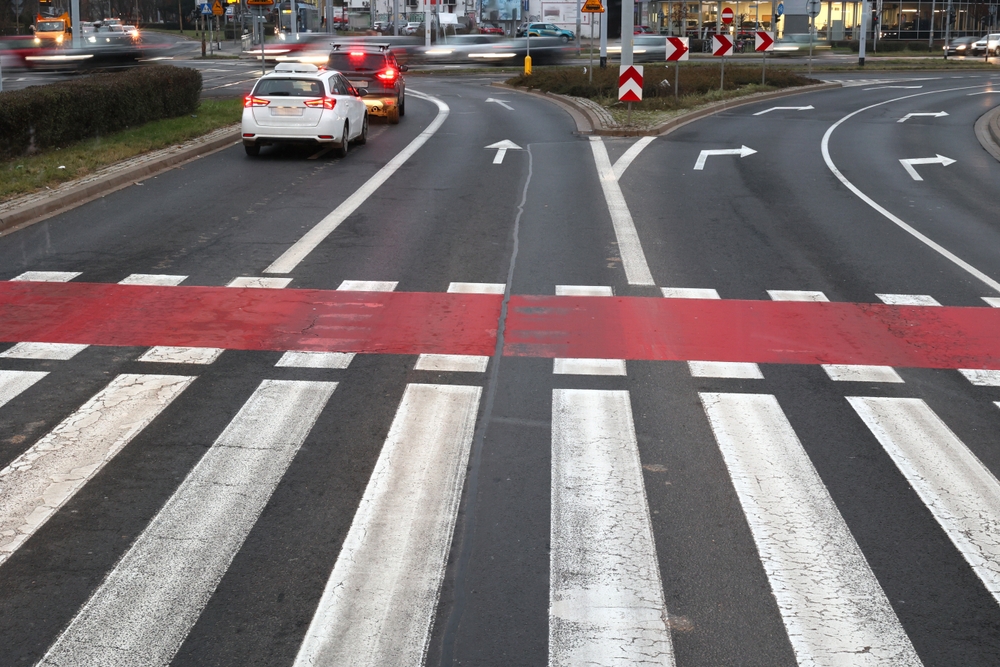Contenido
ToggleStreet design plays a crucial role in managing speed and improving road safety. Through various design techniques and elements, it is possible to influence driver behavior, encourage lower speeds, and reduce the risk of severe traffic accidents.
Below are some of the most effective design strategies and elements:
Design strategies to control speed
1. Complete streets
- Complete streets are designed to be accessible and safe for all users, including pedestrians, cyclists, drivers, and public transport users.They incorporate features such as wide sidewalks, bike lanes, well-placed bus stops, and safe pedestrian crossings.
- This design promotes lower speeds by integrating multiple uses on the same road, making drivers more aware of other users and encouraging more cautious driving.
2. Vertical speed control elements
- These include speed bumps, raised platforms, and speed cushions. These elements force drivers to slow down to pass safely.
- They can significantly reduce the operating speed on a street, improving safety for pedestrians and other vulnerable road users.
3. Lane narrowing
- This involves narrowing traffic lanes or implementing multiple lanes for different types of users, such as cyclists and pedestrians.
- Narrower lanes encourage drivers to reduce speed due to the decreased perception of space and the increased need for caution.
4. Chicanes and lane shifts
- Chicanes are lateral shifts in the road that force drivers to make slight turns, while lane shifts can be implemented through signage or physical modifications.
- These elements interrupt the straight path of vehicles, forcing drivers to reduce speed to navigate safely.
5. Roundabouts
- Roundabouts are circular intersections that replace traditional four-way crossings.
- They require drivers to slow down when entering and navigating through the intersection, reducing the severity of accidents and improving traffic flow.

Benefits of safe road design
Reduction in operating speed: Designing streets with a target speed of 30 to 50 km/h can significantly reduce operating speeds, improving safety for all road users.
Improved safety perception: Design elements like wide sidewalks and raised pedestrian crossings improve physical safety and the perception of safety for users, which can increase walkability and bike usage in the area.
Reduction in traffic accidents and severity: Streets designed with a “Safe System” approach that includes multiple speed control measures can reduce both the frequency and severity of traffic accidents.
Street design is a powerful tool for managing speed and enhancing road safety. Implementing strategies like complete streets, vertical speed control elements, lane narrowing, chicanes, and roundabouts can create a safer and more efficient road environment. Mexico’s General Mobility and Road Safety Law provides a regulatory framework that, when applied correctly along with appropriate design, can save lives and improve the quality of life in cities.
